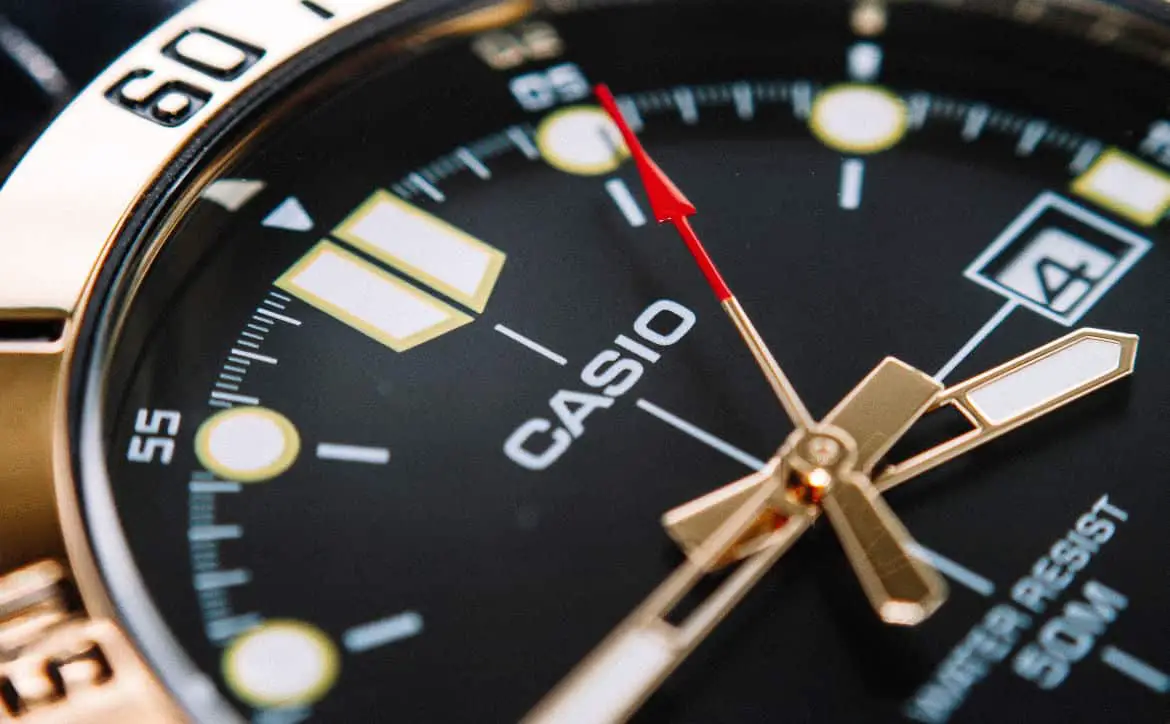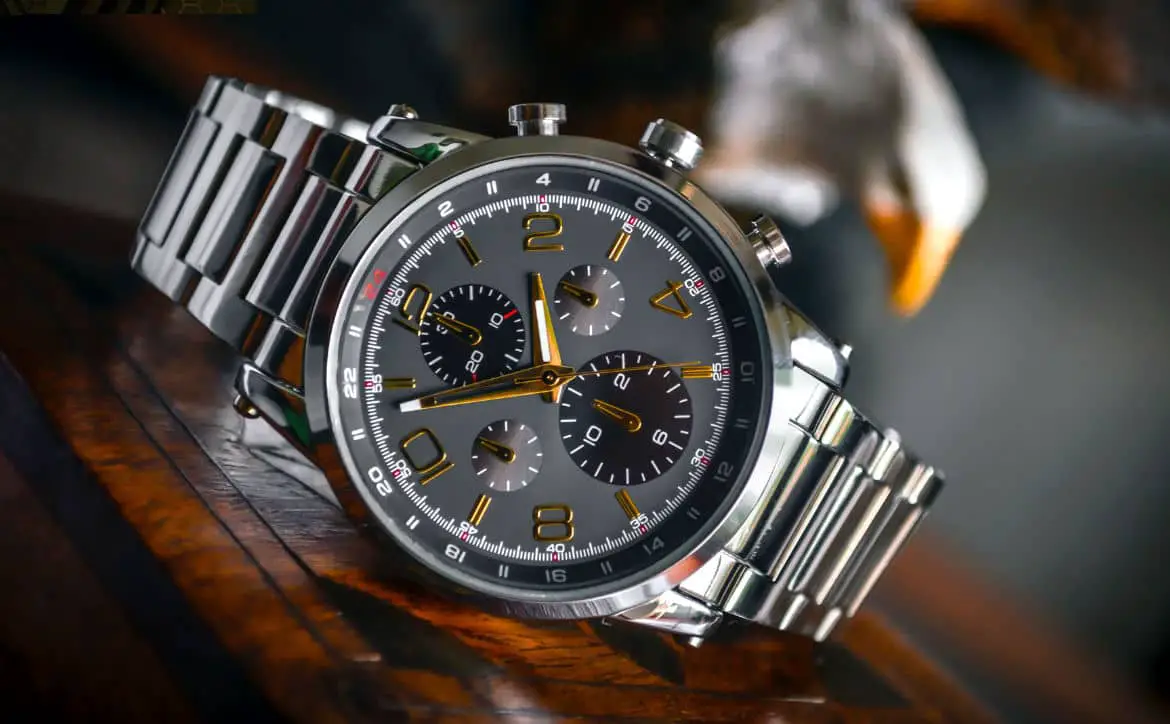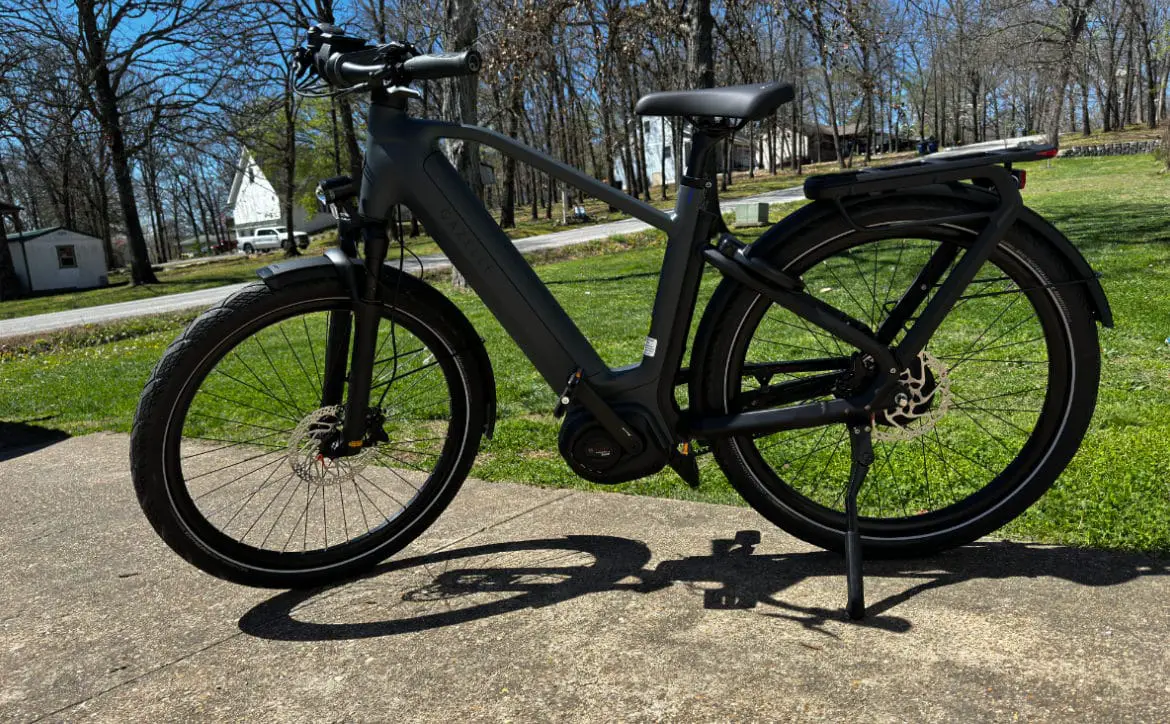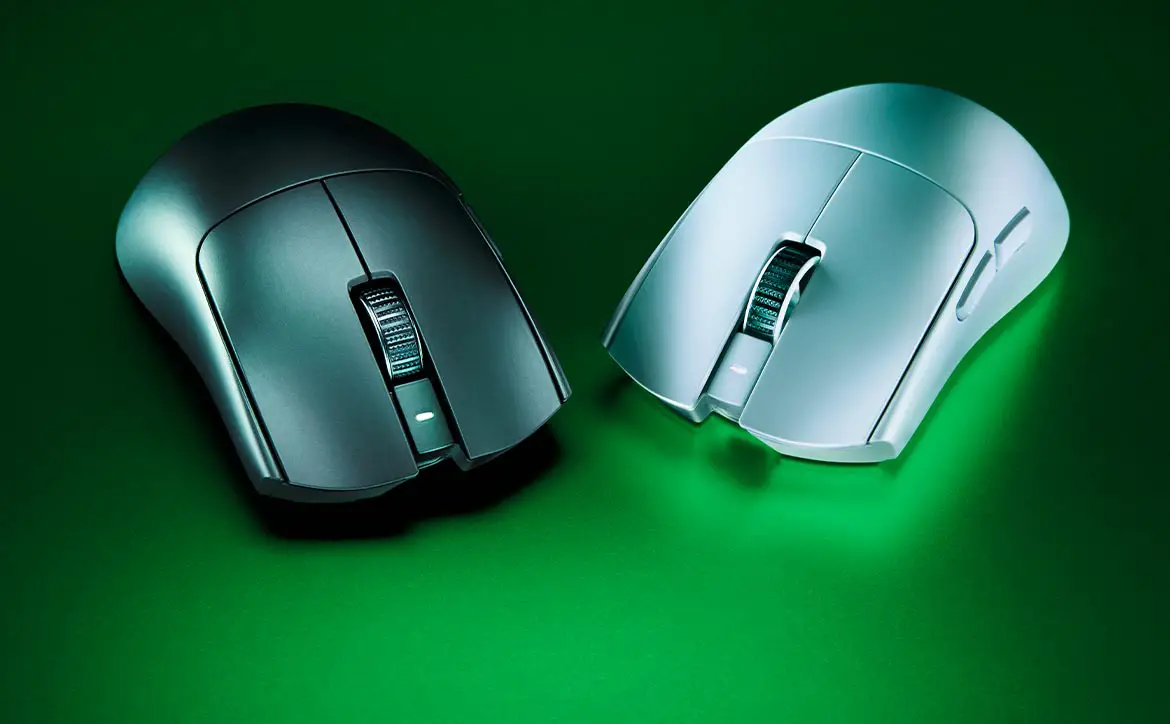One of the most prolific pieces of wearable technology — the classic wristwatch — has military origins dating back to World War I. Soldiers began wearing these for convenience to coordinate maneuvers during a battle with precision.
In Europe, some soldiers made their watches with unbreakable glass and radium to light up the display at night. The timepieces quickly became essential items in the military and soon transformed into functional and stylish accessories.
The technology making up wristwatches work has dramatically evolved. Today, there are myriad variations of wrist watches — many of which can do more than tell the time. Continue reading to learn more about some pieces of advanced technology powering the tiny clocks many people wear on their wrists.
1. Medical Alerts and Fall Detection
There are several medical alert watches available that come equipped with fall-detection technology. They’re handy for older adults with limited mobility, physical ailments, and those who live independently. Medical alert watches with fall detection algorithms can save lives.
Many assistive medical devices like Life Alert or GetSafe are currently on the market. However, they often come in the form of a necklace, are very noticeable, and can be a nuisance for the wearer. With a stylish, subtle fall-detection wristwatch, older adults can feel a sense of independence and autonomy without wearing something around their necks.
2. GPS Capabilities
Global Positioning System (GPS) technology is ubiquitous. Consider how many drivers use navigation apps with GPS capabilities while traveling. These apps have become so helpful that people even buy phone mounts to use their phones safely while behind the wheel.
Today, many watch manufacturers incorporate GPS technology into their products. People who spend a lot of time outdoors would benefit from using a watch with a built-in GPS. In addition to GPS watches, it’s also become quite easy to install clocks on large buildings, such as the Deira Clock Tower in Dubai. This clock uses a high-tech dial and an internal machine with GPS sensors.
3. Solar-Powered
Solar-powered watches are durable, reliable, and come chock full of additional features besides telling the time. These watches tend to be smaller, more lightweight than smartphones, built to last, and rugged enough to withstand wear and tear. Depending on the model of the solar watch, they can hold a charge for several months and rarely need a battery replacement.
When buying a solar-powered watch, consider its size, features, and price. Because solar is still relatively new, these watches are more pricey. The cost is likely to drop as solar technology becomes more prevalent in society, increasing production and dropping expenses.
4. Tide and Sunset Data
One fascinating watch category becoming more popular is surf watches. There are many sports action watches on the market — however, surf watches have unique features measuring high and low tides for any surf break.
Some watches have wave counters, moon phases, dawn and sunset times, and even GPS capabilities or Wi-Fi systems. With these features, surfers can see real-time updates and insights such as wave height, wave period, direction, wind speed, water temperature, and more. Some top brands that create surf watches include Garmin, Casio, Nixon, and Timex.

5. Waterproof or Water-Resistant
Waterproof or water-resistant watches come in various colors, styles, and capabilities. There are many options, whether it’s a rugged quartz sports watch or a professional-grade analog diver. G-Shock, Casio, Garmin, Timex, and Orient Mako are some of the top brands for water-resistant watches.
There is a difference between waterproof and water-resistant watches — in theory, a waterproof watch is impenetrable by water. In contrast, a water-resistant watch should withstand contact with water for a set time.
6. Anti-Shock or Shock-Resistant
Virtually all watches manufactured today are shock-resistant, meaning the accessory can cope with shocks. In a mechanical watch, the pivots holding the balance wheel mount on a spring suspension system.
This system protects the delicate pivots from damage if the wearer drops the watch. Anti-shock or shock-resistant watches were widely adopted in the 1950s after most watch repairs were fixing broken balance wheel staffs.
7. Sustainable Materials
Today’s consumers — especially Gen Z’ers — focus on ethical business practices and sustainability. Eco-friendly watches made from responsibly sourced materials will likely grow in popularity in the coming years. Some manufacturers may use vegan leather alternatives for their watchbands or reclaimed wood for their handcrafted watches.
For example, the Patravi ScubaTec from Carl F. Bucherer has an all-new, black rubber strap made of 100% recycled plastic bottles taken from the ocean. The brand also partners with Manta Trust, a UK-based charity focusing on researching and conserving manta rays.
The Role of New Technology in Watch Manufacturing
Some consumers wear affordable watches for telling time, while others want a high-tech watch with advanced technology. These watches often solve unique problems. For example, surfers can analyze waves during sunset, hikers can find their exact coordinates, swimmers can time their laps, and older adults can alert family members if their watch detects a fall. It’ll be interesting to see what new watch tech emerges and how it improves modern timepieces.
What do you think? Please share your thoughts on any of the social media pages listed below. You can also comment on our MeWe page by joining the MeWe social network.










